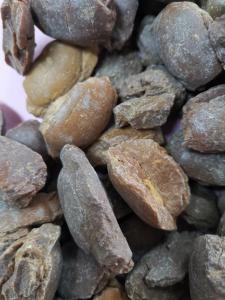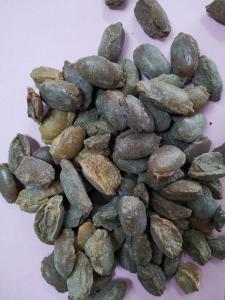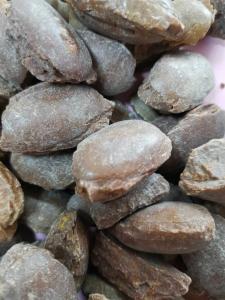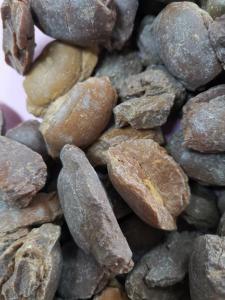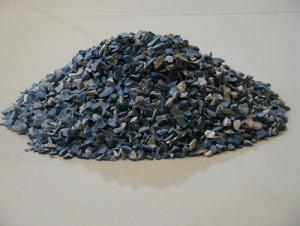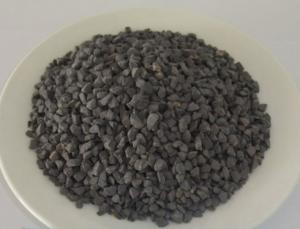Dead Burned Magnesite Refractory DBM Refractory Grade
- Loading Port:
- China main port
- Payment Terms:
- TT or LC
- Min Order Qty:
- 25 m.t.
- Supply Capability:
- 1000 m.t./month
OKorder Service Pledge
OKorder Financial Service
You Might Also Like
Product Description
Quick Details
Place of Origin: Liaoning, China
Application: Refractory
Shape: Granule, Powder
Material: Magnesite
Chemical Composition: Mgo
Mgo:90%-97%
Product name: DBM
Payments terms: 1. 100% L/C at sight 2. 30% T/T prepayment, balance against BL copy
Delivery Time: Within 30 days after receiving L/C or 30% T/T prepayment
Usage: Metallurgy, Foundry, Abrasive, Refractory, Deoxidizer
Advantage: Timely Shipment, High quality, Good performance
Packing: 1mt/bag or as customers' requirements
Size: 0-30mm etc
Sample supply: free sample
Color: Yello
MOQ: 25Mt
Supply Ability
Supply Ability:1000 Metric Ton/Metric Tons per Month
Plant photos:
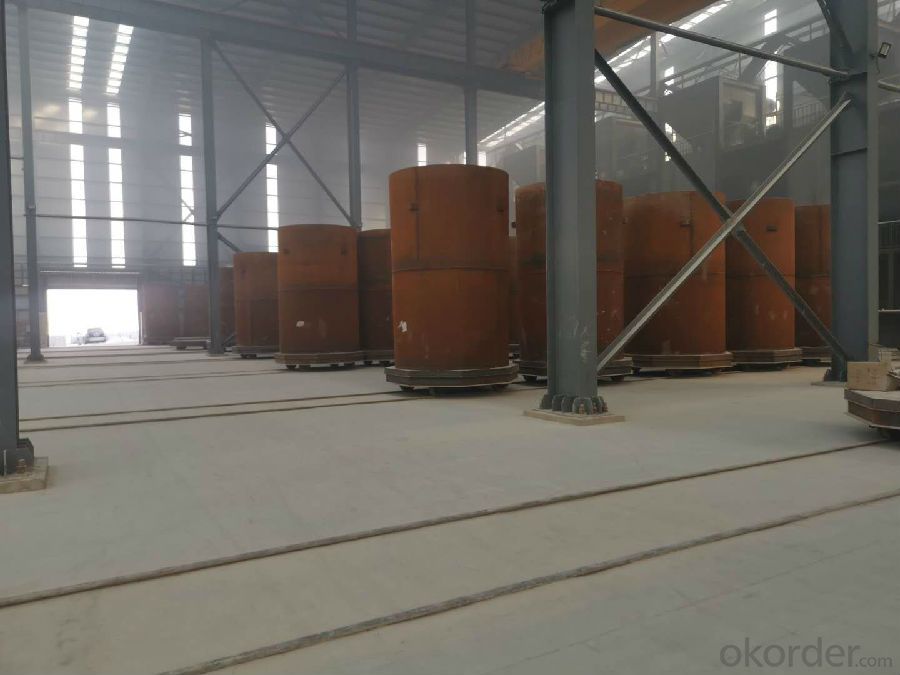
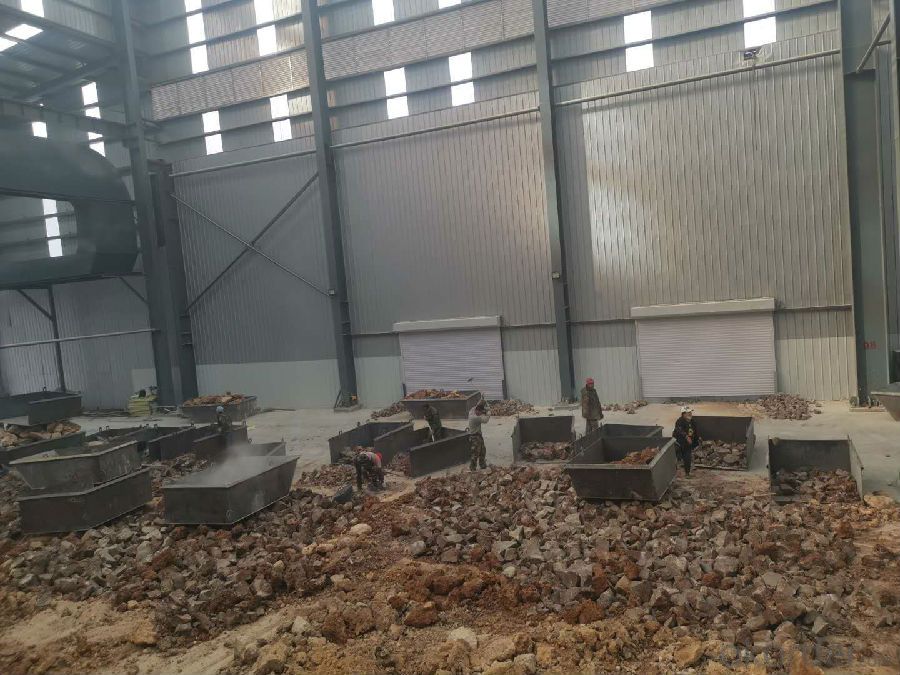
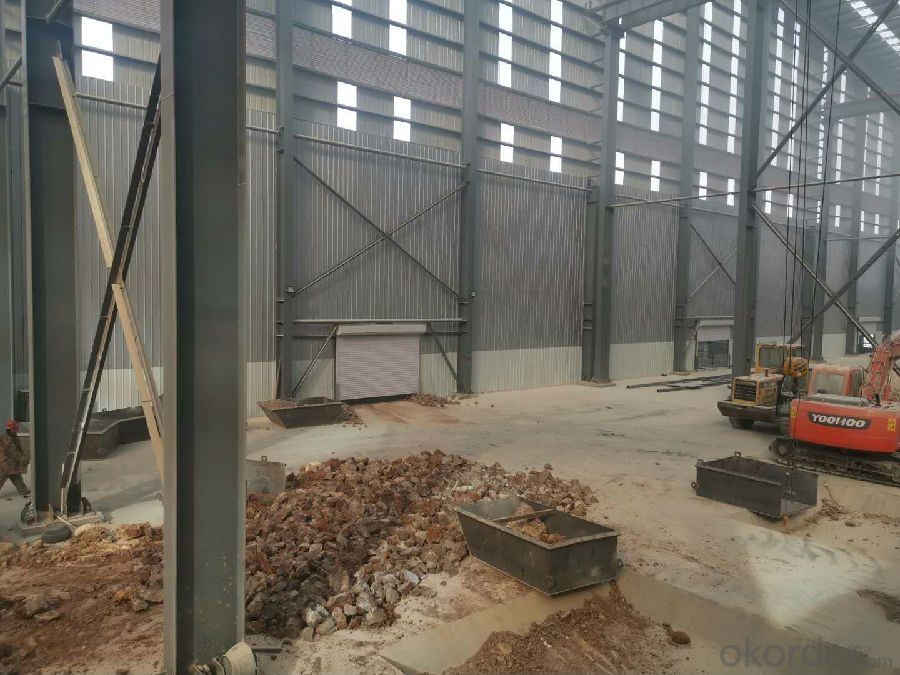

Packaging & Delivery
Packaging Details1MT/bag or as customers' requirements.
Port Main port of China
Loading:
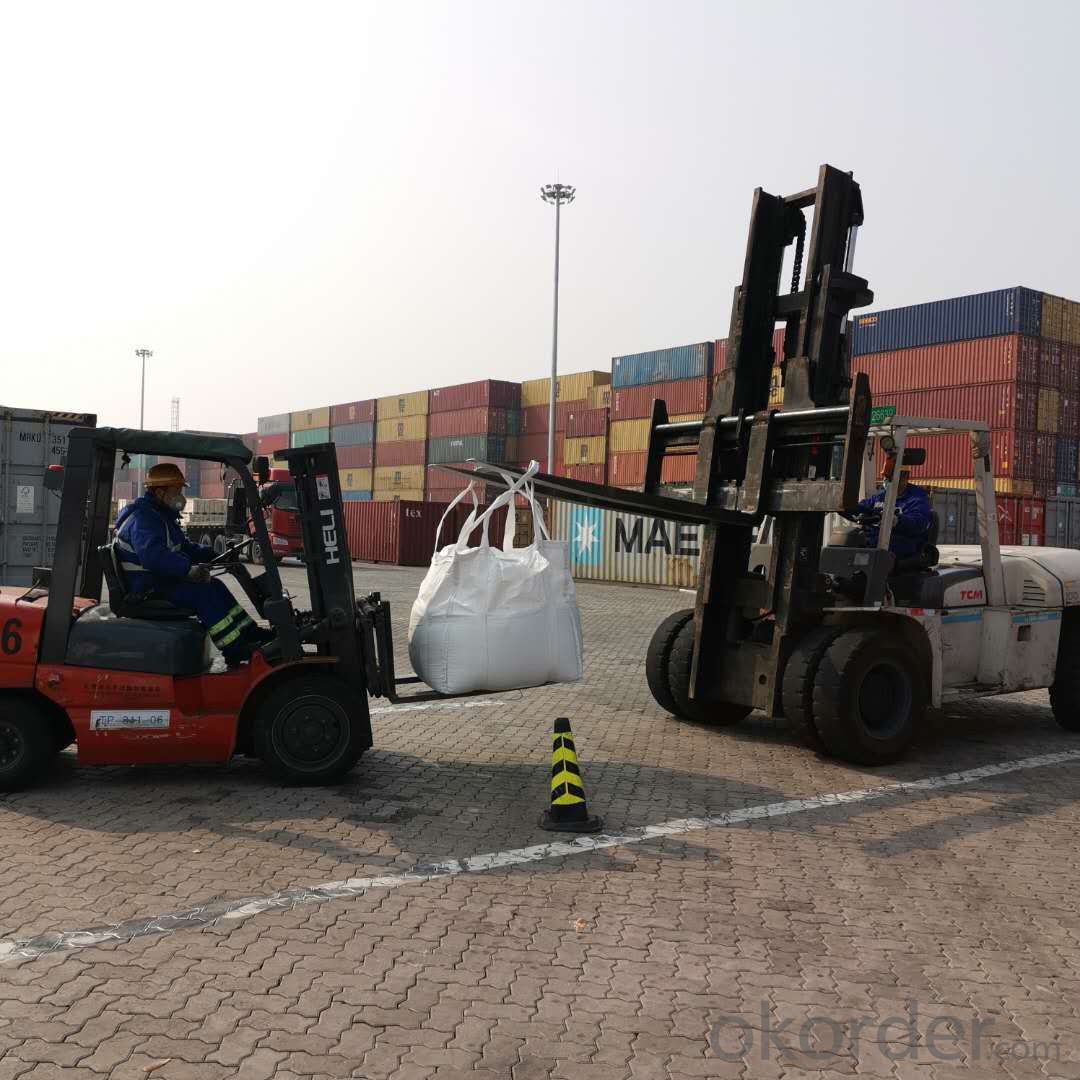
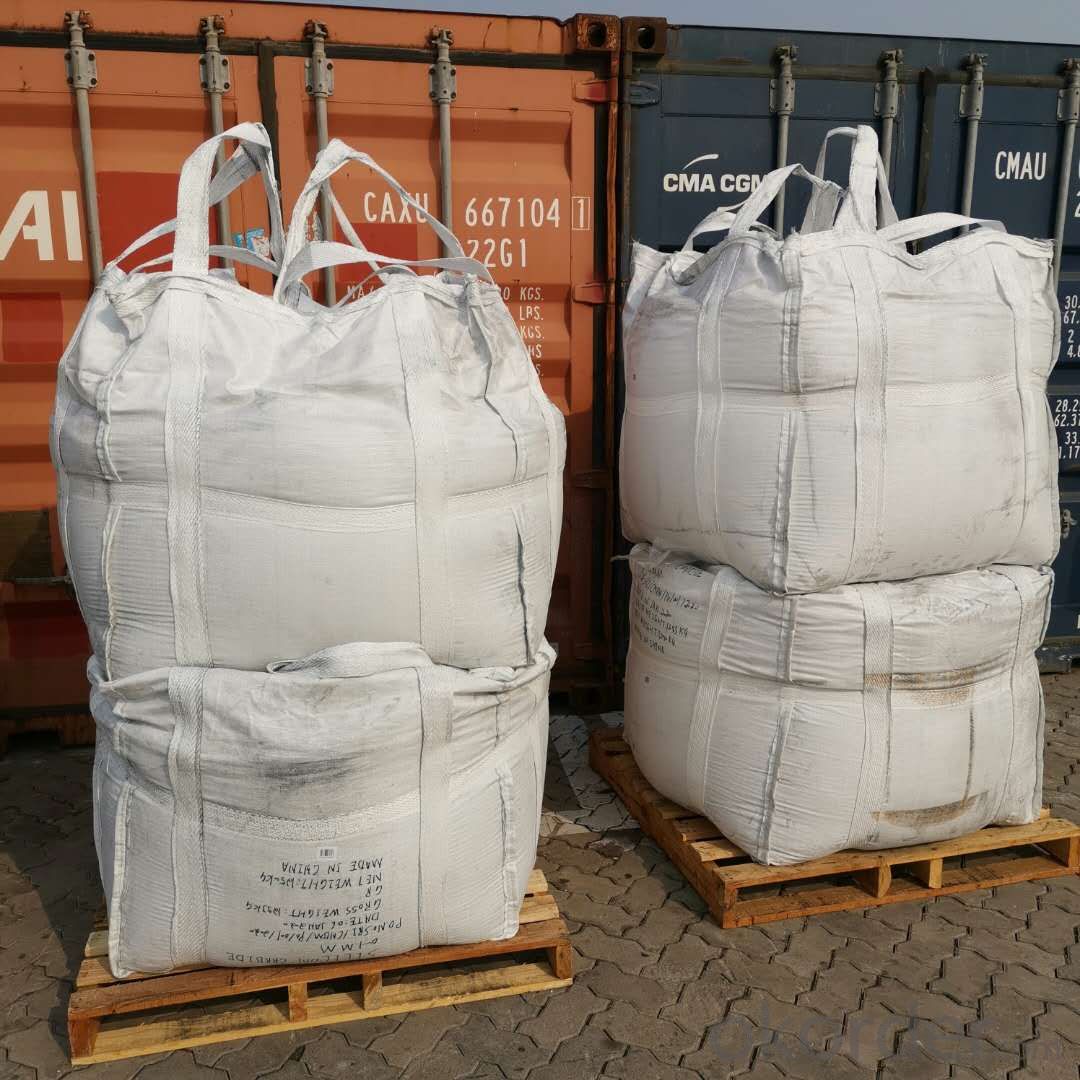
Description:
DBM- dead burnt magnesia is produced using selected natural magnesite that is purified and is calcined in a shaft kiln.The final product is used for electric furnace floors and furnace liner tamping.
high temperature performance and high-density, strong anti-permeability ability and easy to rapid sintering, very thin sintered layer,good thermal shock stability, strong slag-resistance, long service life and so on.
Application:
Refractory ,Magnesia-carbon brick,Steel-making,Ceramic
- Q:What kinds of refractory materials that can resist 3,000 Celsius degree?
- steel fiber reinforced spalling resistant bricks, phosphate bonded high alumina brick with high strength and wear-resistance, and high R.U.L bricks and composite bricks
- Q:What can red stone refractory do?
- Classification is divided into ordinary and special refractories two major categories. Ordinary refractories are divided into acidic, refractory, neutral and alkaline according to their chemical characteristics. According to the special refractory material consists of high temperature oxide, refractory compounds and high-temperature composite materials in addition, in accordance with the fire intensity can be divided into ordinary refractory products (1580 to 1770 DEG C), advanced refractory products (1770 to 2000 DEG C) and special refractory products (more than 2000 DEG C). According to the product shape can be divided into block (standard brick, special-shaped brick), special shape (crucible, sagger, pipes, etc.) (fibrous silicate aluminum, zirconium oxide and boron carbide material) and indefinite shape (refractory clay, pouring material and ramming material etc.). According to the sintering process, the products are divided into sintered products, casting products and fused blowing products. The main varieties of in general and special refractory materials, common varieties are mainly the following: acid refractories have a larger amount of silica brick and clay. Brick is siliceous products containing more than 93% SiO2, the use of raw materials with silica, silica and other waste. The silica acid slag erosion ability is strong, but vulnerable to the erosion of basic slag, its softening temperature is very high, close to the fire, the volume does not shrink after repeated burning, or even a slight swelling, but poor thermal shock resistance. The brick is mainly used for thermal equipment of glass furnace, coke oven, acid furnace etc.. Containing 30% ~ 46% alumina clay brick, with refractory clay as the main raw material, refractory 1580 degrees to 1770 degrees, good thermal shock resistance, which belongs to the weak acid refractory material, resistance to acid slag, widely used, is the largest production of a kind of refractory material.
- Q:Does the production of refractory belong to advanced technology?
- It certainly is advanced technology as it is the new material.
- Q:Is it normal for caable fire resistant material to catch on fire?
- Abnormal; aging is certainly one of the cause of the fire. That is caused only because of poor insulation and aging caused by short circuit, but a more important reason is configuration of air switch does not meet the requirements. If the capacity of air switch equals that of the cable, trip will happen at the moment when current is overloaded, not causing a short circuit or over current fire.
- Q:What are the commonly used fire protection materials
- Firewall. The fire wall is made of non combustible material, and is directly installed on the base of the building or the reinforced concrete frame or fire proof walls . Fireproof limit of the firewall, according to the current "building regulations", is 4 hours, wheras the specification of Technical specification for concrete structures of tall building is 3 hours. doors resistant to fire, heat in a certain period of time These door usually prevent the spread of fire and gas in the fire resistant wall, staircase, pipe well. Fire door can be divided into steel fire doors, wood fire doors and composite materials fire door according to the material used. According to the limit of fire resistance can be divided into the class A fire door (1.2h), B fire doors (0.9), class C fire door (0.6h); (3) fire window. Windows resistant to fire, heat in a certain period of time It is usually installed in the fire resistance wall or doors; the fire shutter. This roller shutter can be refractory in a certain period of time. It is typically used for heat and fire insulation in escalator with difficulties to install fire resistant wall, fire resistant valve and smoke resistant valve. Fire resistant valve is installed in the ventilation and air conditioning system of air supply and return air duct, usually in the open state, fire, It will be turn off when the pipeline gas temperature reached 70 degrees, can meet the requirement for fire resistance and insulation for gas and fire. Smoke fire resistant damper installed in the exhaust system pipe, when the pipeline gas temperature reached 280 degrees, it will close automatically, insulating fire and gas.
- Q:What are the models of refractory cables?
- NH is the firat letter of "refractory" in Chinese phonetic alphabet; It is V, not W. PVC insulation and sheath; K in KVV represents the control cable. 5 * 10 represents the cable is made up of 5 core cables whose nominal cross section is 10 square milimeter.
- Q:How to calculate the thickness of choosing refractory? Such as steel ladle should choose what kind of refractory and using what thicknes?
- I feel the concrete thickness should depend on the experience and the actual situation. As for the specific method, I also can't say too accurately. If it's ladle, it generally chooses alumina magnesia castable.
- Q:Are there any differences between insulation and refractory materials ?
- First, refractory materials can resist more than 1200 degrees, some of which are not insulation materials, such as firebricks, which can directly contact with heat source, has little insulation effect. Ceramic fiber, high silica, etc. are all refractory materials which can insulate. Second, insulation materials with poor performance usually is lower than 800 degrees, which have large thermal resistance, and low thermal conductivity, high porosity. Thus they reduce the thermal loss. To put it simply, insulation materials store most of the heat and only let a small part of heat lose through the air, thus the heat has been isolated. Glass fiber, rock wool, flexible material for thermal insulation, etc.
- Q:I wanna ask what are the acidic refractories?
- Usually, acidic refractory refers to a kind of refractory which contains a amount of silicon?dioxide. There are the following: (1) silica?brick with stronge acidity, unshaped silicious refractory, quartz glass and fused silica combined products; (2) semi-silica refractory with moderate acidity and pyrophyllite refractory; (3) clay-based refractory with weak acidity. The main features of the acidic refractories is resistant to the erosion of acidic substances (acidic residue) in high temperature, but is easy to react with alkaline material (basic slag). zirconite fireproofing material and silicon carbide as the special acidic refractories refractories are also in this category.
- Q:How to distinguish the fire resistant level of construction materials?
- Building materials fire resistant level is divided into four levels, among which the first level is the highest, with strongest fire resistance; fourth level is the lowest with weakest fire resistance. Fire resistance level of buildings depends on combustion performance and fire endurance of the building components. The building components refer to a series of basic components such as the building walls, foundations, beams, columns, floors, stairs, ceiling, etc.
1. Manufacturer Overview |
|
|---|---|
| Location | |
| Year Established | |
| Annual Output Value | |
| Main Markets | |
| Company Certifications | |
2. Manufacturer Certificates |
|
|---|---|
| a) Certification Name | |
| Range | |
| Reference | |
| Validity Period | |
3. Manufacturer Capability |
|
|---|---|
| a)Trade Capacity | |
| Nearest Port | |
| Export Percentage | |
| No.of Employees in Trade Department | |
| Language Spoken: | |
| b)Factory Information | |
| Factory Size: | |
| No. of Production Lines | |
| Contract Manufacturing | |
| Product Price Range | |
Send your message to us
Dead Burned Magnesite Refractory DBM Refractory Grade
- Loading Port:
- China main port
- Payment Terms:
- TT or LC
- Min Order Qty:
- 25 m.t.
- Supply Capability:
- 1000 m.t./month
OKorder Service Pledge
OKorder Financial Service
Similar products
New products
Hot products
Related keywords
